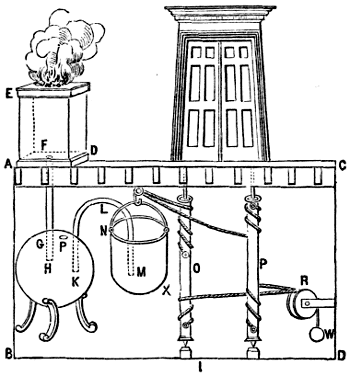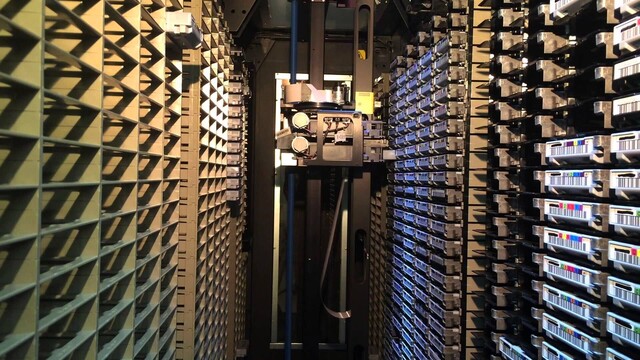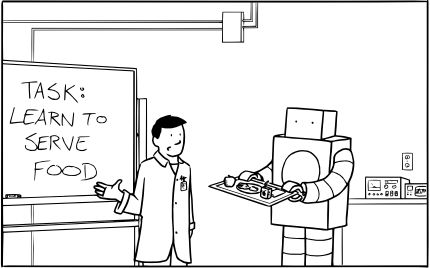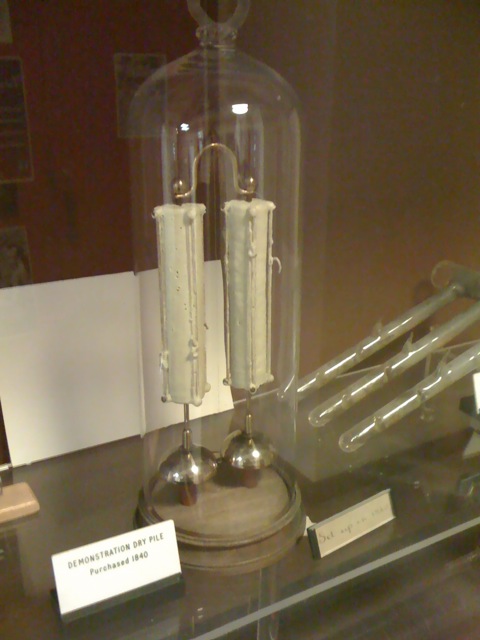 As soon as I finished reading its prequel, I started reading Becky Chambers’ A
Prayer for the Crown-Shy (and then, for various work/life reasons, only got around to publishing my micro-review just now).
As soon as I finished reading its prequel, I started reading Becky Chambers’ A
Prayer for the Crown-Shy (and then, for various work/life reasons, only got around to publishing my micro-review just now).
The book carries on directly from where A Psalm for the Wild-Built left off, to such a degree that at first I wondered whether the pair might have been better published as a single volume. But in hindsight, I appreciate the separation: there’s a thematic shift between the two that benefits from a little (literal) bookending.
Both Wild-Built and Crown-Shy look at the idea of individual purpose and identity, primarily through the vehicle of relatable protagonist Sibling Dex as they very-openly seek their place in the world, and to a lesser extent through the curiosity and inquisitiveness of the robot Mosscap.
But the biggest difference in my mind between the ways in which the two do so is the source of the locus of evaluation: the vast majority of Wild-Built is experienced only by Dex and Mosscap, alone together in the wilderness at the frontier between their disparate worlds. It maintains an internal locus of evaluation, with Dex asking questions of themselves about why they feel unfulfilled and Mosscap acting as a questioning foil and supportive friend. Crown-Shy, by contrast, pivots to a perceived external locus of evaluation: Dex and Mosscap return from the wilderness to civilisation, and both need to adapt to the experience of celebrity, questioning, and – in Mosscap’s case – a world completely-unfamiliar to it.
By looking more-carefully at Dex’s society, the book helps to remind us about the diverse nature of humankind. For example: we’re shown that even in a utopia, individual people will disagree on issues and have different philosophical outlooks… but the underlying message is that we can still be respectful and kind to one another, despite our disagreement. In the fourth chapter, the duo visit a coastland settlement whose residents choose to live a life, for the most part, without the convenience of electricity. By way of deference to their traditions, Dex (with their electric bike) and Mosscap (being an electronic entity) wait outside the village until invited in by one of the residents, and the trio enjoy a considerate discussion about the different value systems of people around the continent while casting fishing lines off a jetty. There’s no blame; no coercion; and while it’s implied that other residents of the village are staying well clear of the visitors, nothing more than this exclusion and being-separate is apparent. There’s sort-of a mutual assumption that people will agree-to-disagree and get along within the scope of their shared vision.
Which leads to the nub of the matter: while it appears that we’re seeing how Dex is viewed by others – by those they disagree with, by those who hold them with some kind of celebrity status, by their family with whom they – like many folks do – share a loving but not uncomplicated relationship – we’re actually still experiencing this internally. The questions on Dex’s mind remain “who am I?”, “what is my purpose?”, and “what do I want?”… questions only they can answer… but now they’re considering them from the context of their relationship with everybody else in their world, instead of their relationship with themself.
Everything I just wrote reads as very-pretentious, for which I apologise. The book’s much better-written than my review! Let me share a favourite passage, from a part of the book where Dex is introducing Mosscap to ‘pebs’, a sort-of currency used by their people, by way of explanation as to why people whom Mosscap had helped had given it pieces of paper with numbers written on (Mosscap not yet owning a computer capable of tracking its balance). I particularly love Mosscap’s excitement at the possibility that it might own things, an experience it previous had no need for:
…
Mosscap smoothed the crease in the paper, as though it were touching something rare and precious. “I know I’m going to get a computer, but can I keep this as well?”
“Yeah,” Dex said with a smile. “Of course you can.”
“A map, a note, and a pocket computer,” Mosscap said reverently. “That’s three belongings.” It laughed. “I’ll need my own wagon, at this rate.”
“Okay, please don’t get that much stuff,” Dex said. “But we can get you a satchel or something, if you want, so you don’t have things rattling around inside you.”
Mosscap stopped laughing, and looked at Dex with the utmost seriousness. “Could I really?” it said quietly. “Could I have a satchel?”
…
That’s just a heartwarming and childlike response to being told that you’re allowed to own property of your very own. And that’s the kind of comforting joy that, like its prequel, the entire book exudes.
A Prayer for the Crown-Shy is not quite so wondrous as A Psalm for the Wild-Built. How could it be, when we’re no longer quite so-surprised by the enthralling world in which it’s set. But it’s still absolutely magnificent, and I can wholeheartedly recommend the pair.







